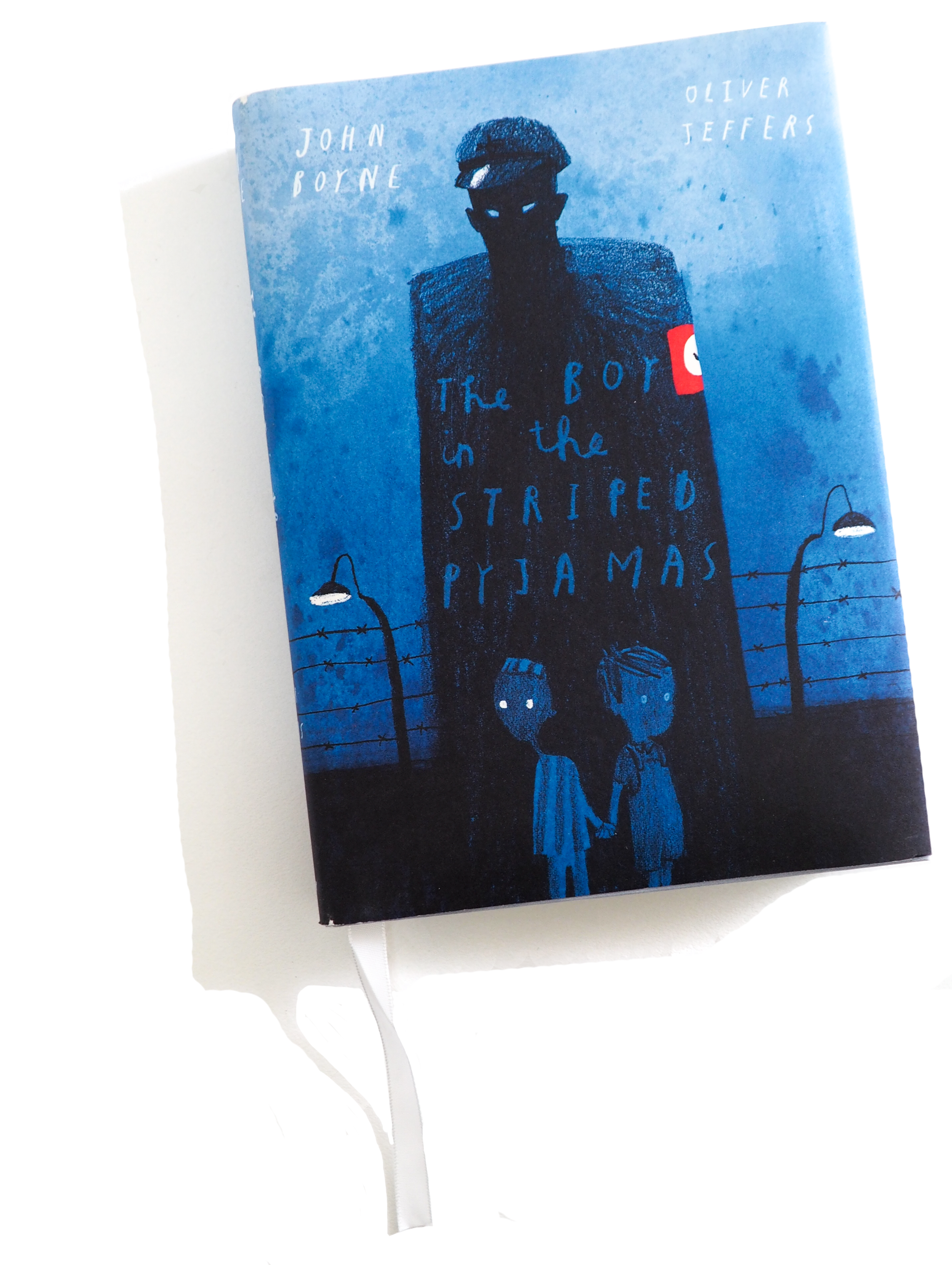Somewhere close to midnight, Albeer and I had climbed aboard an overnight train and left Cairo behind. A steward, Mohammad, greeted us, and the sight of him knocked me back. Just a week earlier, at home in Australia, I’d been watching my favourite documentary with my parents, Joanna Lumley’s Nile, and Lumley herself had been greeted by the same man, and led into the same carriage. My mind wandered back to the film, when she stood in this very hallway, and fussed with the tattered curtains, pulling them straight and hooking them back onto their rails. The train shuddered into motion, and I remembered her advice for walking on a moving train:
“Walk with your feet apart, it looks as though you’ve wet your pants but it’s okay,” she reassured.
I giggled a little at the thought, but took on the advice — it worked. I wanted to ask Mohammad about Joanna, but I was embarrassed. Instead, I settled into my cabin. Seats folded out into bunk beds, and a basin and mirror sat concealed inside a hard plastic cupboard. A window spanned the width of the cabin, and right up to the ceiling, making for a great view from the upper bunk, where I had made myself a nest for the night. I think I chose the top bunk subconsciously, because I know you would have chosen the bottom, Nana. That way, lying in the darkness of the midnight commute, I could imagine that you really were here with me.
The tracks led us southward, into Upper Egypt — the home of the Pharaohs, both in life and death. It seems counterintuitive, doesn’t it? Travelling South but entering an Upper region. That is the fault of some of the earliest Pharaohs. See, Ancient Egypt was divided into two regions, Upper and Lower Egypt. Middle Egypt also existed somewhere between, though boundaries always remained ambiguous, changing with the rulers, and the times. To the north was Lower Egypt, where the Nile branched out into the Delta, spilling into the Mediterranean Sea. To the south was Upper Egypt, the region almost every Pharaoh called home — where they devoted temples to the gods, and buried their dead in grand, sprawling tombs. The labels of Upper and Lower were drawn from the flow of the Nile, northwards from the highlands of East Africa towards the Mediterranean. It feels wrong to say it, but, alas, Upper Egypt lies to the south of Lower Egypt.
Just as the gentle sway of the train had rocked me to sleep the night before, it woke me as the sun began to rise. In the night, the train window played movies of cities and stars, but the morning brought a new fairytale — the Nile. I’d seen it before, up in Cairo in the days just passed, but the Nile of the city was different. Here, in the South, the river was fringed with reeds and stone, framed by grass and date palms, not city streets and towering homes. In the North, daily life seemed to rush by the Nile, not paying attention to its ebb and flow, but not here. Through the train window, the day sprung to life. Boys waded through marshes, dipping nets in grassless pools, thrusting them back into the air empty, before collapsing into a fit of giggles and trying, again and again. A man, almost as old as the waiter in the hotel, sat atop a makeshift cart stacked high with bundles of wheat. He led his donkey toward the Nile, letting him dip his head into the water for a moment before they continued on their way. Another man trailed behind a buffalo-drawn plough, ankle deep in the spills of the river, tilling land that had been treated the same way for centuries.
I’d seen countless recreations of Ancient Egyptian life, in documentaries, movies and television shows, but this seemed to be the real thing. Perhaps, because my views of Upper Egypt were thus far framed through a window, my mind slipped back into seeing this as a dream, a fantasy land, nothing more than the films I’d watched before. But, the people here seemed to live as their forefathers had done for generations. Were the recreations true, nothing much had changed since Pharaohs ruled these lands.
We sped through stations more reminiscent of shacks, crowded with men in jellabiya, and young boys flogging their wares. Some saw me watching through the window and chased the train, waving, shouting and smiling, wielding scarves and cigarettes above their heads.
Though I knew I was in Egypt before, and I knew that it felt like home, I couldn’t feel close to the ancients when skyscrapers and tarmac stood between us. As much as I loved Cairo, I knew that this was the Egypt I had come to see. If this country felt like home before, this was turning the key and walking inside.
The Egyptians seem to have an obsession with carbs. Breakfast came, as the train chugged on, and Mohammad shifted my cabin configuration from bedroom to seating. Breakfast comprised of a cheese bun, a plain bun, an ordinary croissant and a chocolate one, and, to finish, a slice of banana bread.There were two types of butter, two types of jam and some of that horribly artificial cream cheese in a bowl to the side..
“Is this all for me?”
“Of course, ma’am,” the man chuckled as he busied himself, pouring glasses of orange juice and tea.
“Habibi, you will not believe it!” Albeer’s voice reached the cabin before he did, appearing with a boy around my aged appeared — a Westerner. “This is Sammy, he’s from where you are!”
“Oh, Australia! Cool, hi.”
“No, no, it’s better than that.” Albeer smiled.
“I’m from the Sunshine Coast, too,” Sammy said, and thrust his hand towards me, shaking mine enthusiastically.
“No way, where abouts?
“Maroochydore,” he replied.
“You’re kidding...” my eyes widened.
“Nope, where are you from?”
“Maroochydore,” I laughed, “Duporth Ave.”
Sammy’s eyes widened. “Err... same.”
Albeer watched on, cheerfully, “how great is this?”
The first Westerner I’d seen in Egypt, and he lived one block from my apartment back home. We traded Facebook friend requests and Sammy left to pack his bag before we reached Aswan.
“Sleep well?” Albeer asked, leaning against the door frame.
“Really well, actually.”
“I hope you’re ready to meet the real Egypt.”
From the rooftop of the Nile Hotel, its namesake sparkled a deep, rich blue. The sun cast silver diamonds upon its surface as feluccas bounced against jagged rock formations. Beyond the waters lay Elephantine Island, so named for the elephantine boulders that form its banks, and it’s use as an ivory trading station long ago. There were rumours of elephants living there once, too, but there’s no actual proof. Now, it’s the home of Nubian tribes, relocated after their homeland was lost to the Aswan Dam project in the 1960s. Though unhappy at first, Nubian life now flourished on the island, with traditionally painted houses, crafts and farming.
Albeer popped his head out of the stairway.
“Let’s go to the market, and get some lunch. Then we’ll go out to Elephantine.” I could tell he was happier here, in the South. It was his homeland, after all. He and his family lived in Luxor, one hundred kilometres to the North. It was a different Egypt here — it felt distinctly more African than Cairo. I understood his happiness. I felt it, too.
In the hotel lobby, Albeer sprung to his feet as I emerged from the elevator.
“Yala yala, habibi!” He was outside the door before I was. “I have to take you for a kebab here. They are so nice. Only a ten minute walk.”
“Can we walk by the Nile?”
“There is no other way!”
Rocky outcrops speared from the esplanade-like walkway by the river, dotted with feluccas and larger touring vessels.
“That one is ours tomorrow, for Philae Temple,” Albeer pointed at a boat — The New Titanic. “Don’t worry, if it sinks, we can just swim,” he laughed, “the Nile is easy. And, there aren’t many crocodiles, not anymore. The Ptolemy’s sacrificed them all.” As we passed a large group of men leaving prayer, I couldn’t help but notice grey marks pressed into their foreheads. It was something I had noticed in Cairo, too, though I kept forgetting to ask Albeer of the significance.
“Oh, that’s their prayer bump,” he said, “from pressing their head to the floor over and over again during prayer. It’s a sign of a deeply devout Muslim. But, a lot of people draw them on. Others purposely hit their head hard on the matt, over and over, making a bruise that never goes away.”



















































